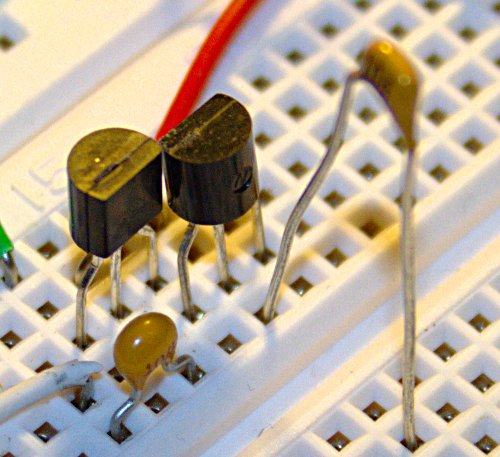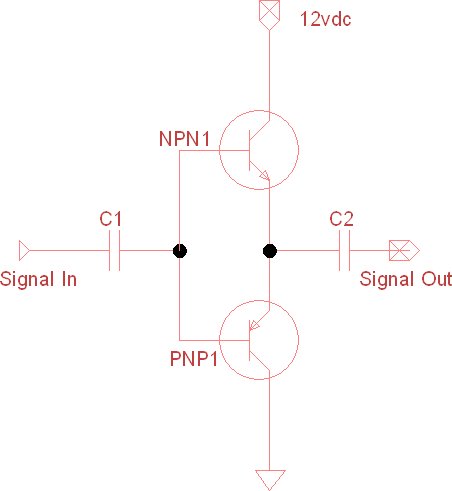
I have been meaning to find some time to work on interfacing an
Arduino to a
AD9851 or
DDS60.
I got up early today for a conference call at work which got postponed to later in the day. (Yes, it is a weekend... don't ask.) Since I was up early and had breakfast out of the way I was thinking about some RF projects that I could start before the conference call later in the morning. (Yes, I am dialing into work on a weekend... like I said... don't ask.)
I decided to grab an Arduino Nano from the parts bin (next to some Uno's another Nano, some shields, some PICs, etc) and a DDS60. I figured that there must be some existing code examples on the Internet to get me started. My friend Google found some likely starting points.
http://blog.marxy.org/2008/05/controlling-ad9851-dds-with-arduino.htmlI made a couple of quick changes to pin layout and removed the LED piece and saved it off as a sketch. The total time to connect everything up, build (steal) the sketch, and test was about 30 minutes.
Sure enough it is making RF. I was reading about 3.72dBm or about 2.25mW. With a signal at 10Mhz all of the harmonics thru 80Mhz were 54-62dB down from the fundamental. 90Mhz had a harmonic 47dB down and at 180Mhz it was 43dB down. 180MHz is 6x the crystal on the DDS60 board.
For a quick project it was pretty fun and successful. I need to bond with the code a bit so that I build my own code base that can talk to the AD9851 for some future projects.
---
The rest of my day so far has been mainly spent on conference calls for work (shhh... don't ask... it is a weekend.)73 de NG0R


























